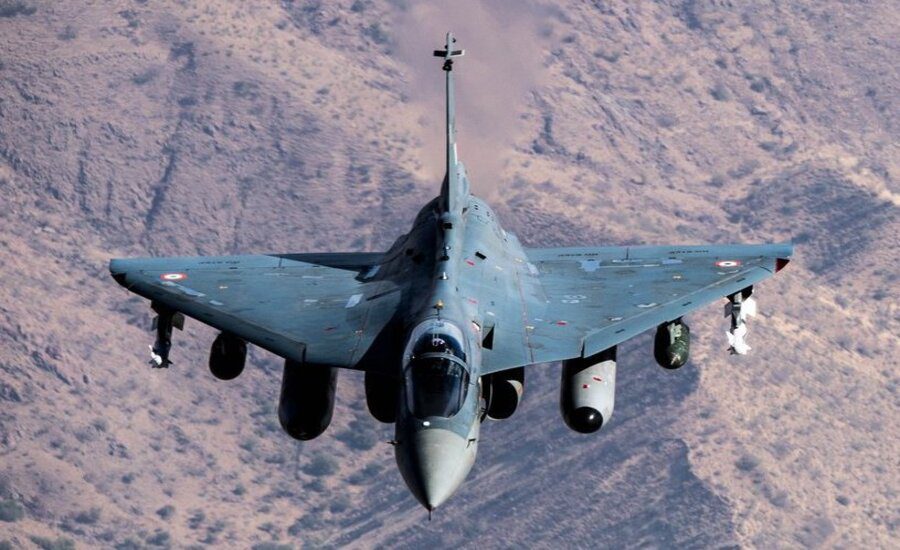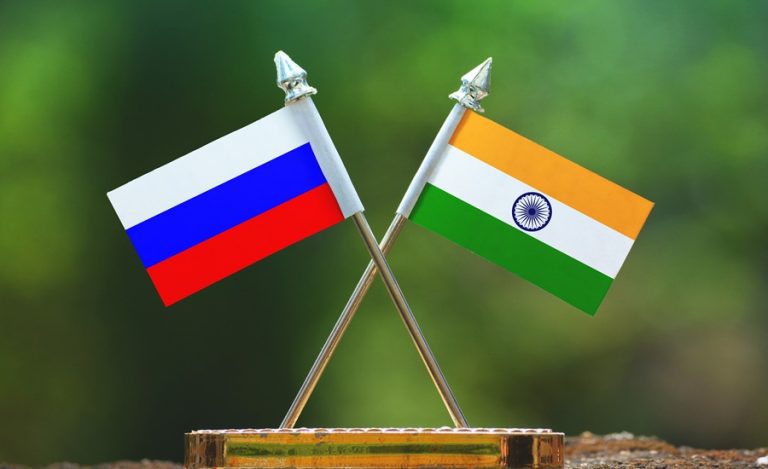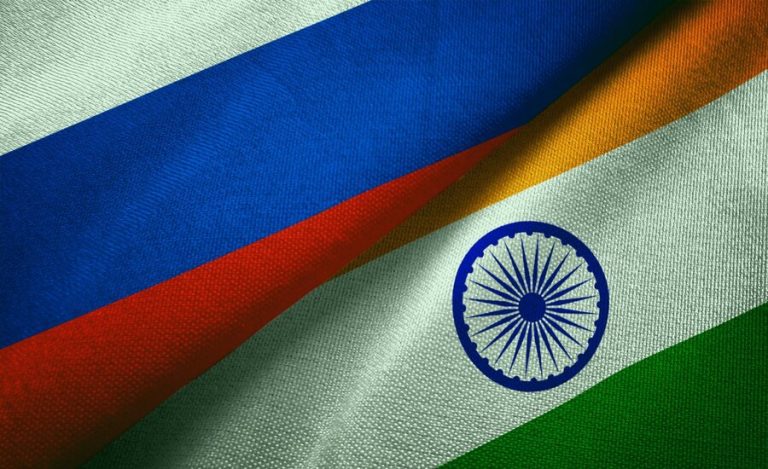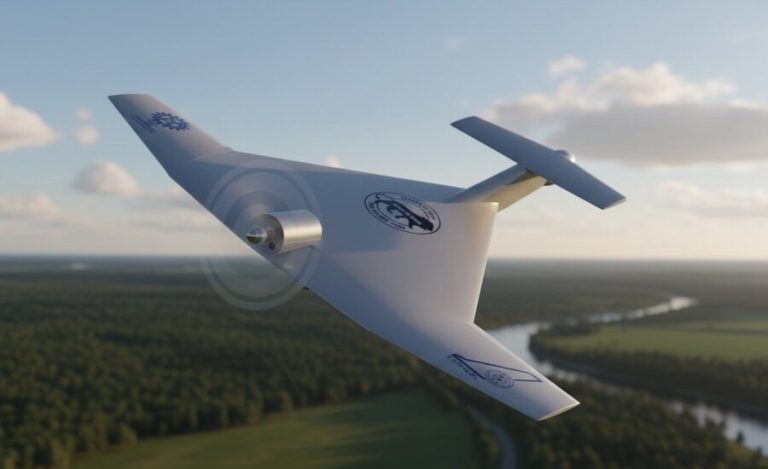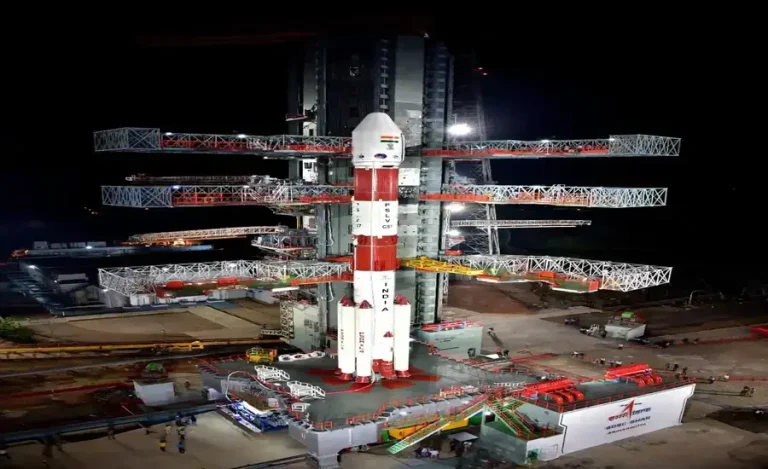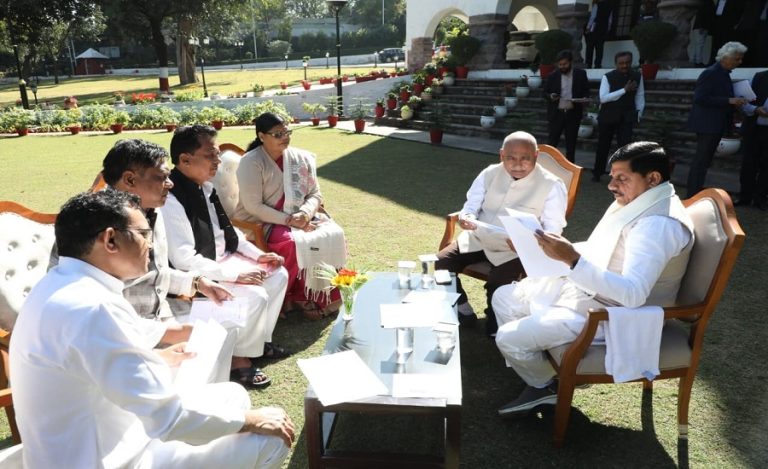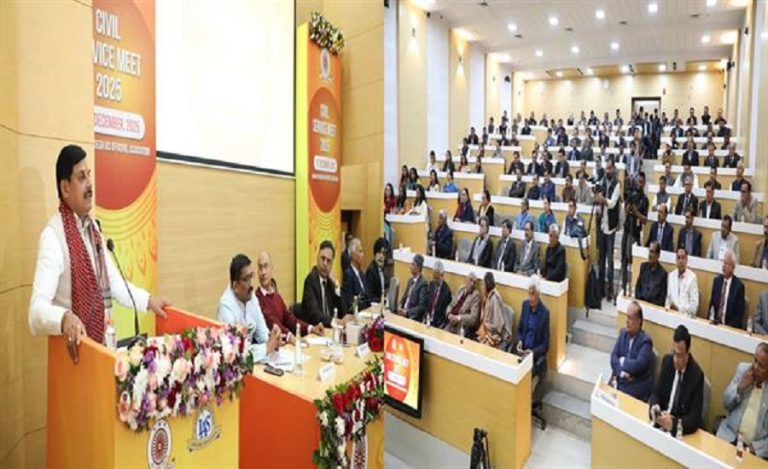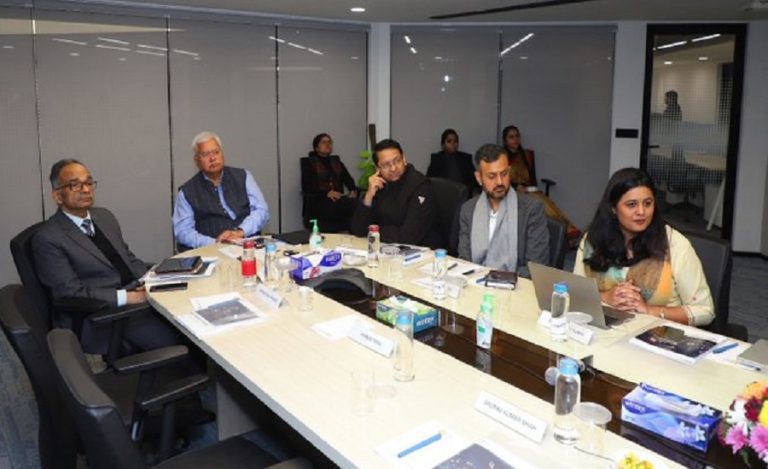New Delhi: India has quietly launched an important upgrade initiative for the Su‑30MKI — the twin-seat multi-role fighter that forms the backbone of the Indian Air Force (IAF). As part of the broader “Super Sukhoi” modernisation drive, Indian scientists are testing a new radar-absorbent material (RAM) coating that aims to reduce the aircraft’s radar cross-section (RCS) and enhance its survivability in contested environments.
India’s Defence Laboratory Jodhpur (DLJ) has developed a polyurethane-based RAM paint infused with magnetic functional fillers capable of absorbing incoming radar waves while being durable enough for extreme heat, cold and humidity. This new paint is now being applied in trials on prototype Su-30MKIs, focusing on high-RCS zones such as engine air-intakes, canards, leading-edges and weapon-pylon areas.
While the upgrade will not convert the Su-30MKI into a full stealth aircraft, defence sources say the RCS reduction could significantly shorten the detection range for enemy radars — thereby improving first-look, first-kill potential in air combat. The modular nature of the RAM kits means that aircraft can be upgraded in phases, without major redesign or long-grounding periods.
This upgrade forms just one piece of the larger Super Sukhoi roadmap. Other planned enhancements include installation of the indigenous Virupaksha AESA radar, a fully digital glass cockpit, advanced electronic warfare systems and integration of long-range indigenous missiles such as the Astra Mk‑III and the Rudram‑II.
Importance of Su-30MKI RCS reduction upgrade
1. Signature reduction matters: Large fighters such as Su-30MKI naturally reflect strong radar signals due to air intake geometry, canards, weapon pylons and twin-engine layout. The new RAM paint addresses exactly these hotspots.
2. Cost-effective upgrade: Rather than designing a new airframe or converting to a full stealth platform, India is applying modular coatings and treatments — a pragmatic approach to extending fleet life and improving capability.
3. Maintaining fleet relevance: With approximately 260 Su-30MKIs in service, this upgrade helps ensure they remain effective even as threats evolve.
What lies ahead
The current trials will determine how much the detection range is reduced under real-world operational conditions.
Read also: From Factories to Ships: India’s 200 MW Nuclear Reactors Set to Change the Game
Once validated, the RAM coatings are expected to be rolled out fleet-wide as part of the Super Sukhoi upgrade programme.
Integration of complementary systems (AESA radar, EW suite) will raise the Su-30MKI’s capability toward a ‘4.5-generation’ level.
Maintenance and weight-trade-offs will need careful management: added coatings and panels should not degrade performance or increase maintenance burden.
Bottom line
India’s Su-30MKI RCS reduction upgrade is not flashy. It won’t make the jet invisible. But by applying smart material science and indigenous innovation to the existing fleet, the IAF is boosting survivability in a realistic, cost-effective way. In an era of radar-dominated skies and evolving threats, this could make all the difference.

